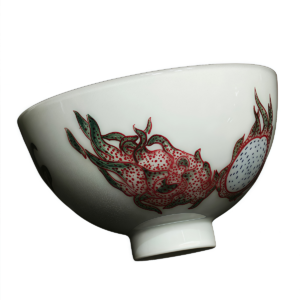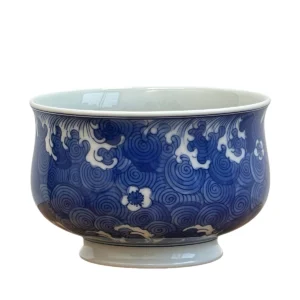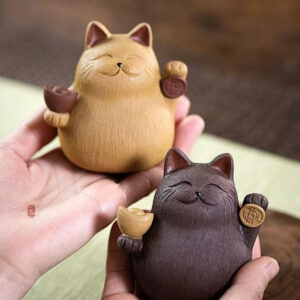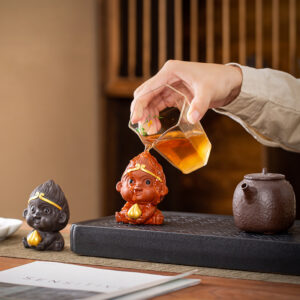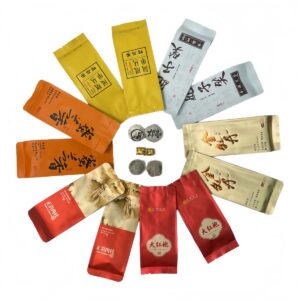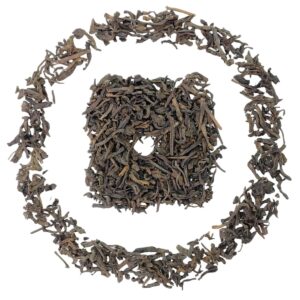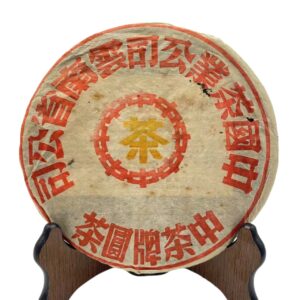Description
The Origin of Ceramics: Carrying the Brilliant 5,000-Year Chinese Culture
All tea enthusiasts should know that ceramics have a long and far-reaching influence across the world. There is even a saying that the name “China” originated from the global fame of Chinese porcelain (chinaware) trade, making porcelain a symbol of China—hence Europeans used “China” to refer to its place of origin.
In fact, ceramics encompass two distinct products: pottery and porcelain, collectively referred to as such.
Porcelain evolved from pottery, marking a significant development. It bears witness to the cultural heritage of China’s 5,000-year history and deserves respect from everyone.
China’s Four Great Pottery Traditions: The Pinnacle of Chinese Ceramic Heritage
China’s four renowned pottery traditions typically refer to:
- Yixing Zisha pottery from Jiangsu
- Qinzhou Nixing pottery from Guangxi
- Yunnan Jianshui purple pottery (also called Jianshui polychrome pottery)
- Chongqing Rongchang pottery
Each of these four great pottery traditions possesses distinct characteristics and carries unique cultural significance. Among them, I personally favor Guangxi Qinzhou’s Nixing pottery the most.
Qinzhou Nixing pottery, also known as Nixing Gui pottery, is characterized by its use of special purple-red clay found on both banks of the Qin River (with softer “eastern clay” and harder “western clay”). After weathering and blending, the clay is fired to form a unique “flesh-and-bone fusion” structure. Its kiln transformation technology can naturally produce vibrant colors, creating exceptionally beautiful pottery without artificial glazing. The decoration primarily features carvings integrated with calligraphy and painting arts, exhibiting an elegant style. Consequently, it has been honored as “Ten Thousand Years Gui Pottery” and was listed as a national intangible cultural heritage in 2008.
Master of Nixing Pottery Folk Art – Li Changquan(黎昌权)
Qinzhou Nixing pottery from Guangxi is renowned for its eight virtues:
- Clay from nature
- Healthy ceramic quality
- Simple and beautiful forms
- Brilliant kiln colors
- Iron-like hardness
- Chime-like resonance
- Water-like reflectiveness
- Jade-like moistness
Master Li Changquan is the seventh-generation inheritor of the Li Brothers, who astonished the world with exquisite Nixing pottery in the early 20th century. He is recognized as the foremost carving master of Nixing pottery.
Every Nixing pottery piece carved by Master Li Changquan is vividly lifelike and magnificently crafted. As each Nixing pottery carving involves extremely intricate work and is highly susceptible to damage during firing, every piece is essentially a unique, irreplicable work of fine art.
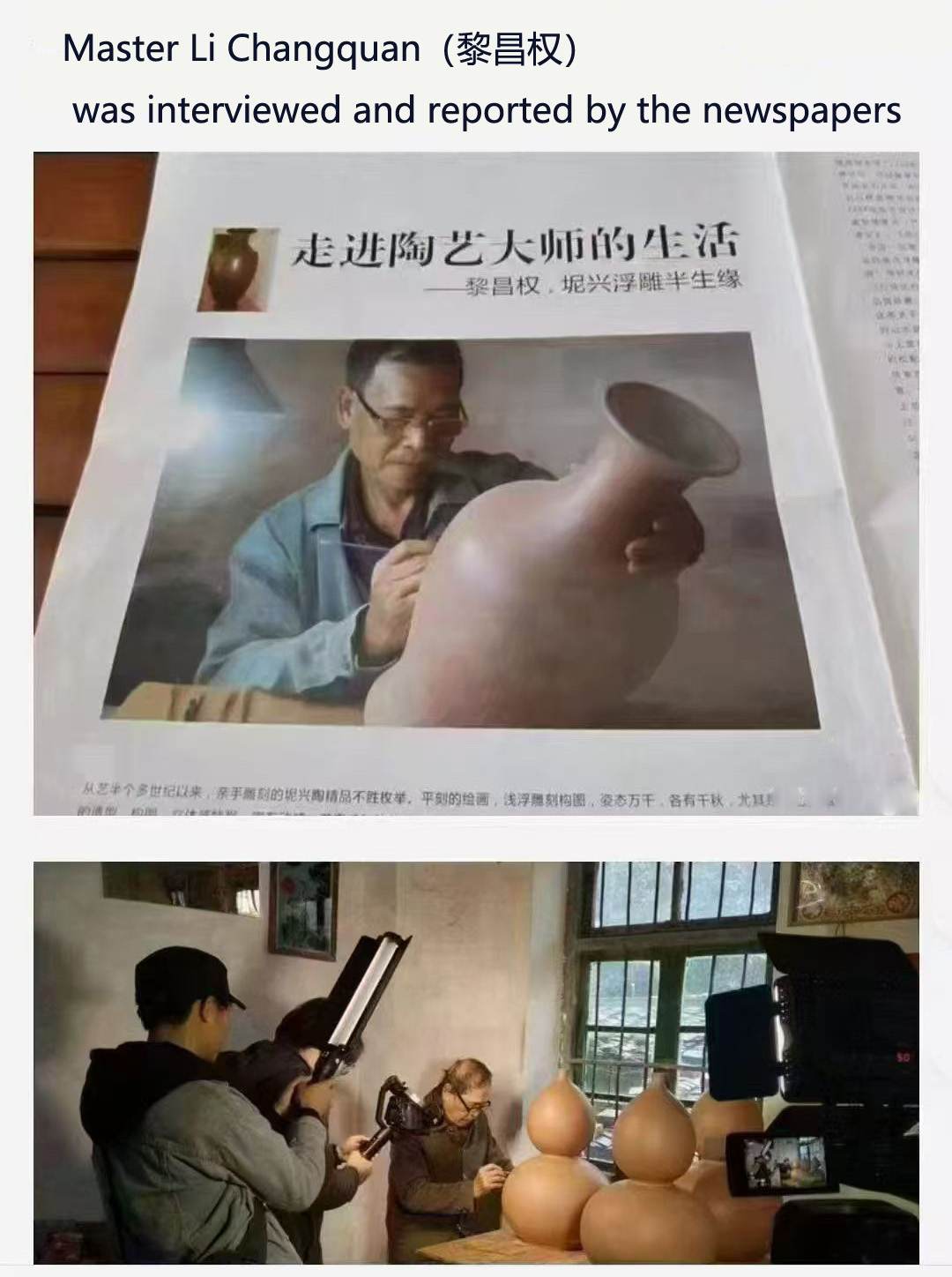
Own a piece of China’s ceramic heritage: Master Li’s lotus-engraved Nixing teapot combines 40 years of carving expertise with natural Guangxi clay. Features heat-retaining properties and symbolic floral art for elevated tea ceremonies.
Each petal embodies the Buddhist concept of purity through Master Li’s signature “floating carving” technique. The lotus position at 45° angle creates dynamic shadow play during tea service, while the clay’s iron content naturally softens tea tannins over 100+ brews.
Teapot capacity 180 ml

Daily Maintenance of Nixing Pottery
After each use, thoroughly rinse out tea residue with clean water, then flush with boiling water. Avoid chemical detergents as they damage tea aroma and luster.
Keep the Pot Dry:
Invert to drain completely. Store lid and body separately in a ventilated position. Never seal airtight.
Gentle Cleaning:
Use a dedicated soft tea cloth. Excessive rubbing will damage the natural patina.
Dedicated Use:
Each pot should brew only one tea type. Mixing different teas causes flavor transfer, affecting taste. It’s recommended to keep multiple pots for different teas.
Natural patina develops over months or years. Weather changes may cause subtle color variations – this reflects the fascinating interaction between Nixing pottery’s kiln transformation characteristics and maintenance.




